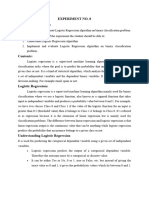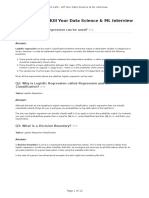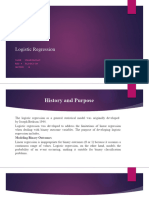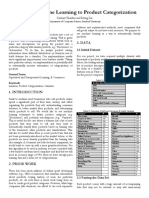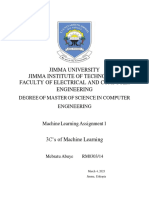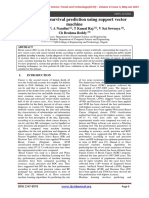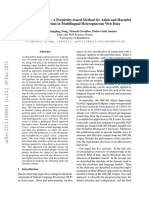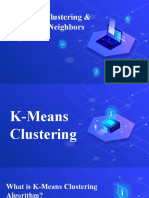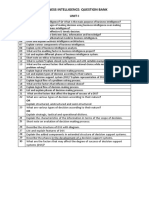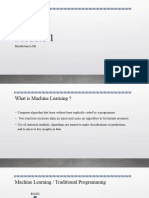0% found this document useful (0 votes)
13 views4 pagesLogistic Regression
Logistic regression is a supervised machine learning algorithm used for binary classification, predicting the probability of an instance belonging to a class using a logistic function. It differs from linear regression as it outputs probabilities between 0 and 1 rather than continuous values, making it suitable for categorical outcomes. The sigmoid function is employed to map predicted values to probabilities, and logistic regression is significant for its ability to classify data and identify effective variables.
Uploaded by
okkshrutiiCopyright
© © All Rights Reserved
We take content rights seriously. If you suspect this is your content, claim it here.
Available Formats
Download as DOCX, PDF, TXT or read online on Scribd
0% found this document useful (0 votes)
13 views4 pagesLogistic Regression
Logistic regression is a supervised machine learning algorithm used for binary classification, predicting the probability of an instance belonging to a class using a logistic function. It differs from linear regression as it outputs probabilities between 0 and 1 rather than continuous values, making it suitable for categorical outcomes. The sigmoid function is employed to map predicted values to probabilities, and logistic regression is significant for its ability to classify data and identify effective variables.
Uploaded by
okkshrutiiCopyright
© © All Rights Reserved
We take content rights seriously. If you suspect this is your content, claim it here.
Available Formats
Download as DOCX, PDF, TXT or read online on Scribd
/ 4

